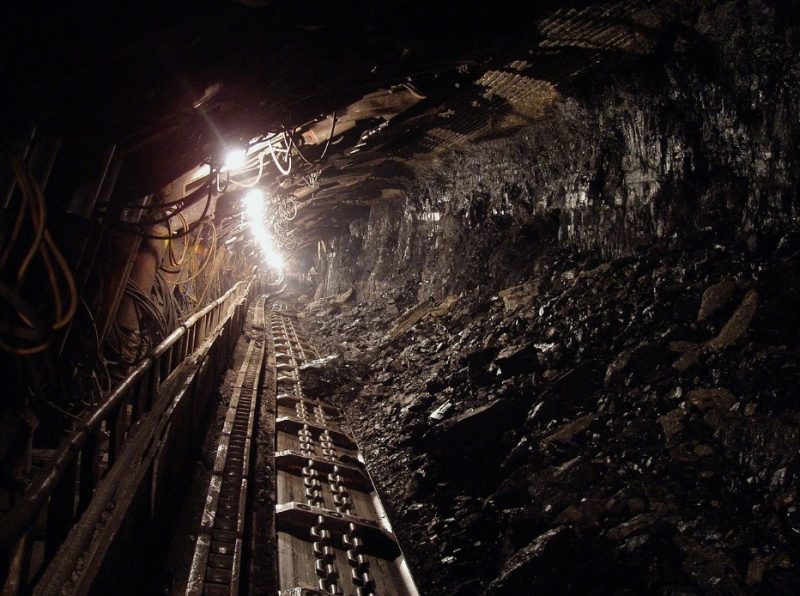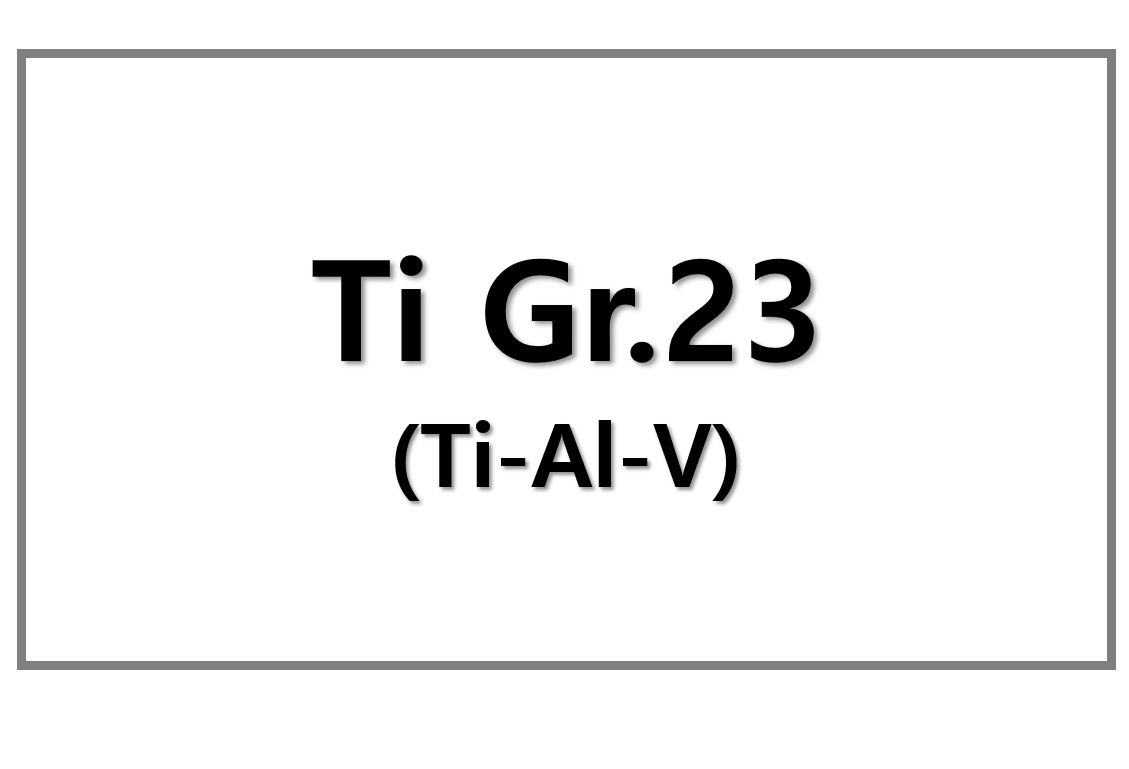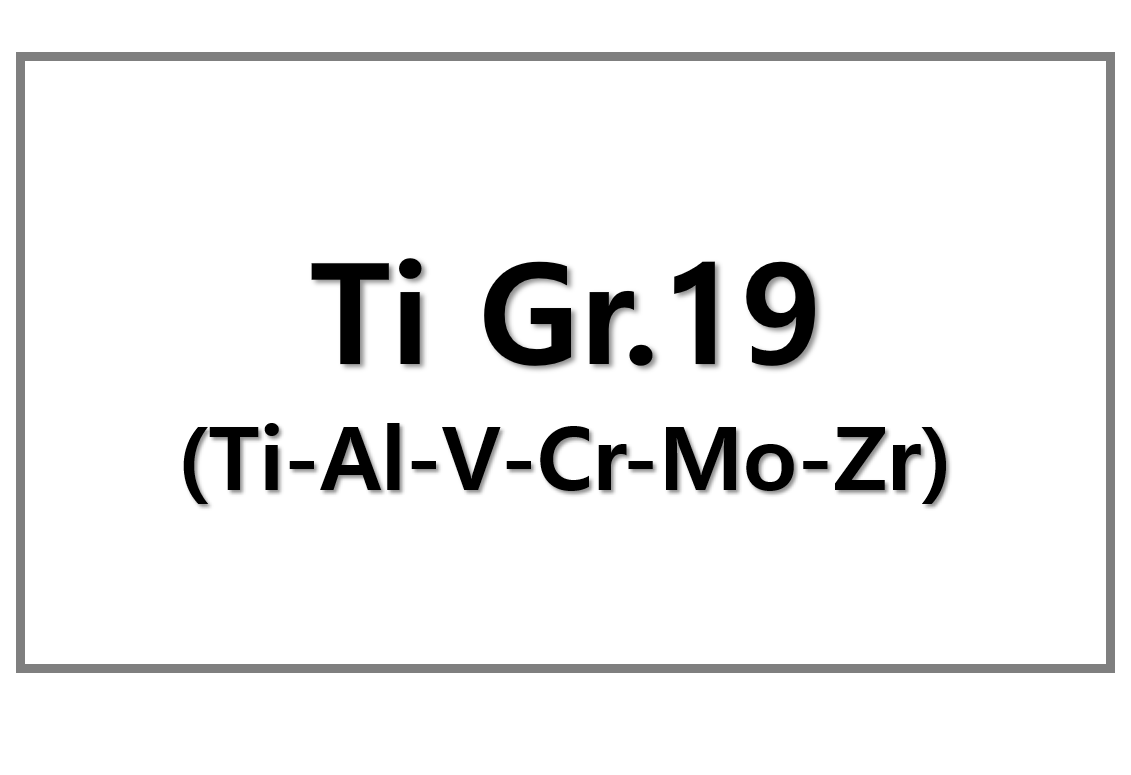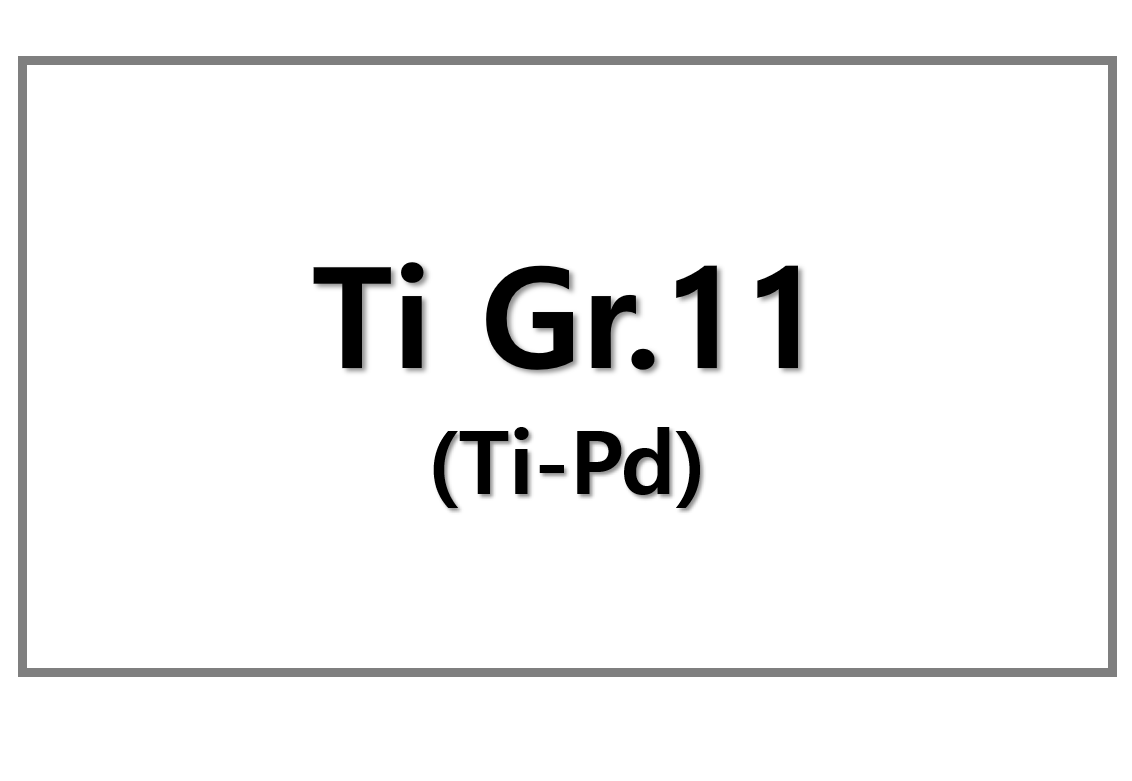
US Expands Critical Minerals List: Strategic Implications for Copper and Metallurgical Coal
The United States has officially expanded its critical minerals list to include copper and metallurgical coal, signaling a major step in strengthening domestic supply chains. The Department of the Interior (DoI) issued the update to guide federal investments, streamline permitting, and reduce reliance on imports from global competitors such as China.
Copper plays a vital role in electric vehicles, power grids, and data centers, while metallurgical coal remains essential for steel production. By designating these materials as critical, the US government ensures they receive priority in stockpiling, research initiatives, and federal incentives. This move also provides clarity to investors about sectors with long-term strategic value.
The updated list further includes potash, rhenium, silicon, and lead, reflecting Washington’s broader strategy to secure minerals critical for defense, manufacturing, and clean energy technologies. Officials note that boosting domestic production strengthens the US against potential supply disruptions while fostering technological innovation and infrastructure resilience.
Copper and Metallurgical Coal: Market Impact and Industry Response
Including copper on the critical minerals list benefits key producers such as Freeport-McMoRan, which operates seven mines and one smelter in the US. The company estimates it could access over $500 million annually in tax credits under the 2022 Inflation Reduction Act. However, Freeport faces higher production costs due to lower copper grades in US mines, making this designation critical for profitability.
For metallurgical coal, inclusion aligns with ongoing support for fossil fuels and addresses recent supply challenges. Several US coal mines have closed due to oversupply and reduced exports to China, which imposed a 15% tariff on US coal imports this year. National Mining Association CEO Rich Nolan emphasized the need for further expansion of the list to secure abundant domestic resources and protect the steel industry.
As a result, the new designation strengthens both the mining sector and US strategic security. It also signals potential growth for clean energy, electric vehicles, and industrial infrastructure reliant on copper and steel production.
SuperMetalPrice Commentary:
The US expansion of the critical minerals list reflects a calculated strategy to reduce dependency on foreign sources, particularly China. Copper and metallurgical coal are pivotal not only for energy and steel but also for national security and economic stability. Investors and industry leaders should anticipate increased federal incentives, potential production growth, and a long-term strategic focus on domestic mining. This decision may reshape global supply chains and strengthen US positioning in the metals market.











Leave a Reply
You must be logged in to post a comment.